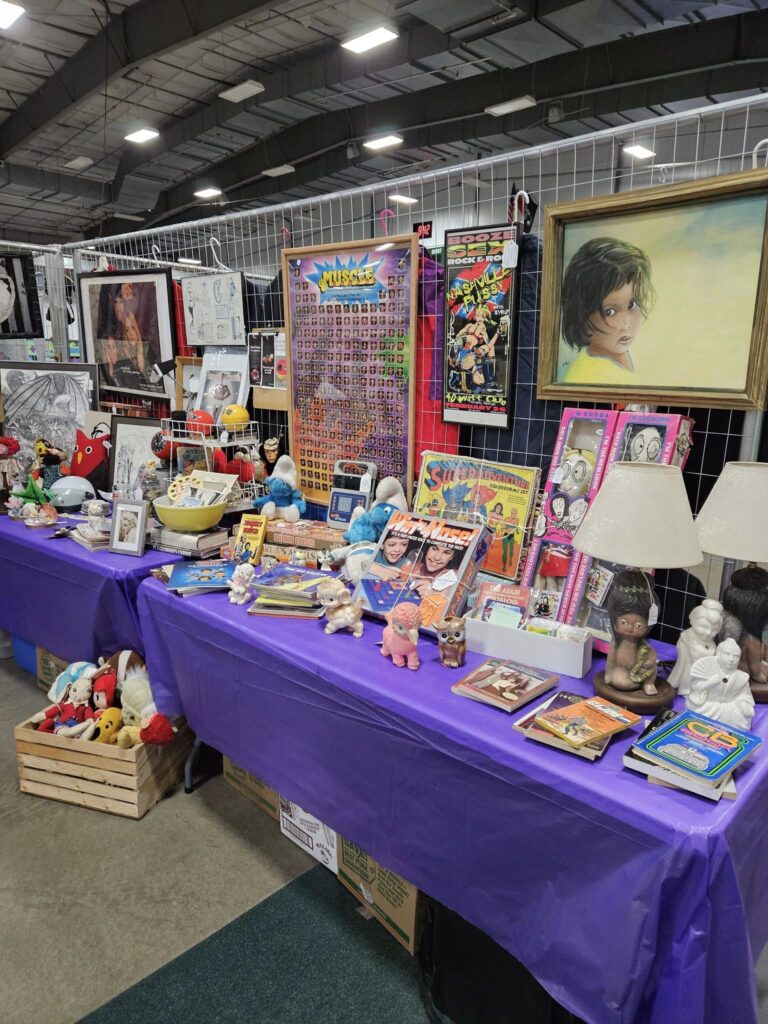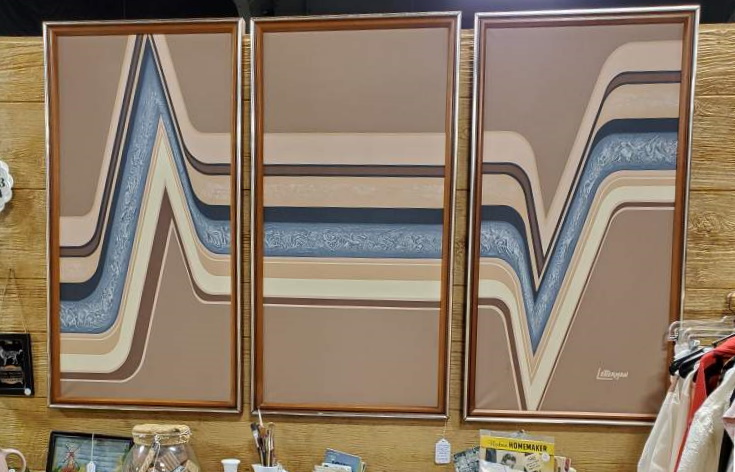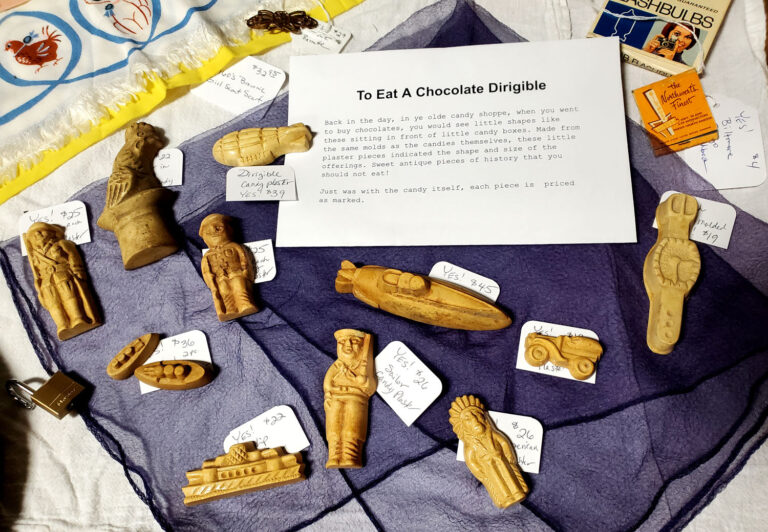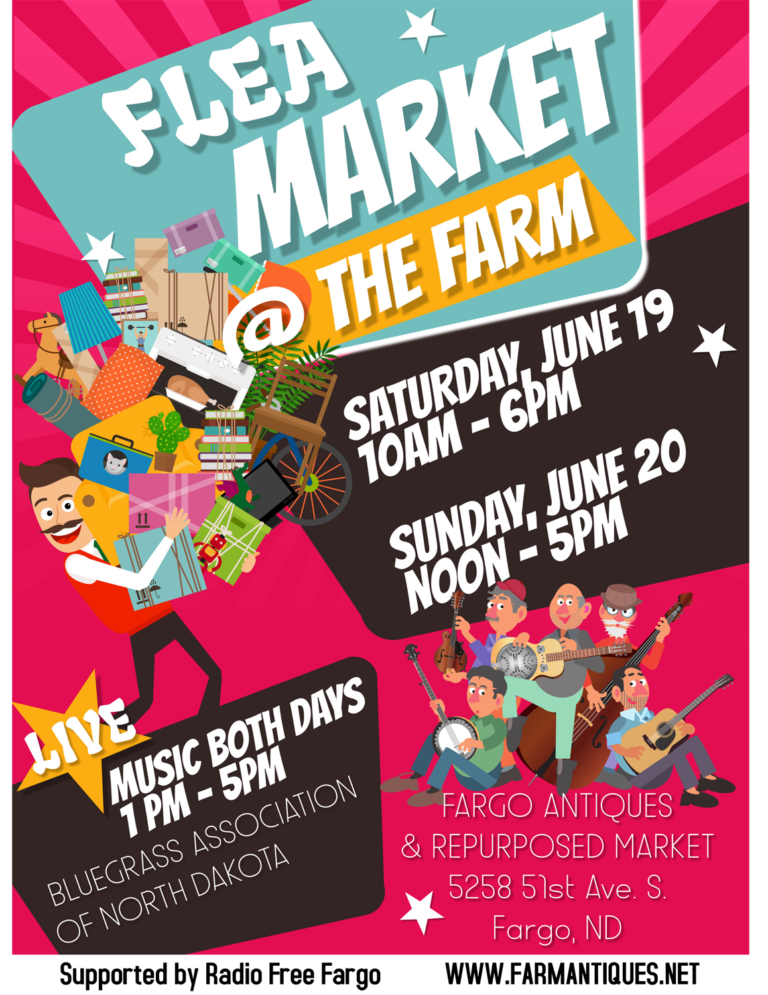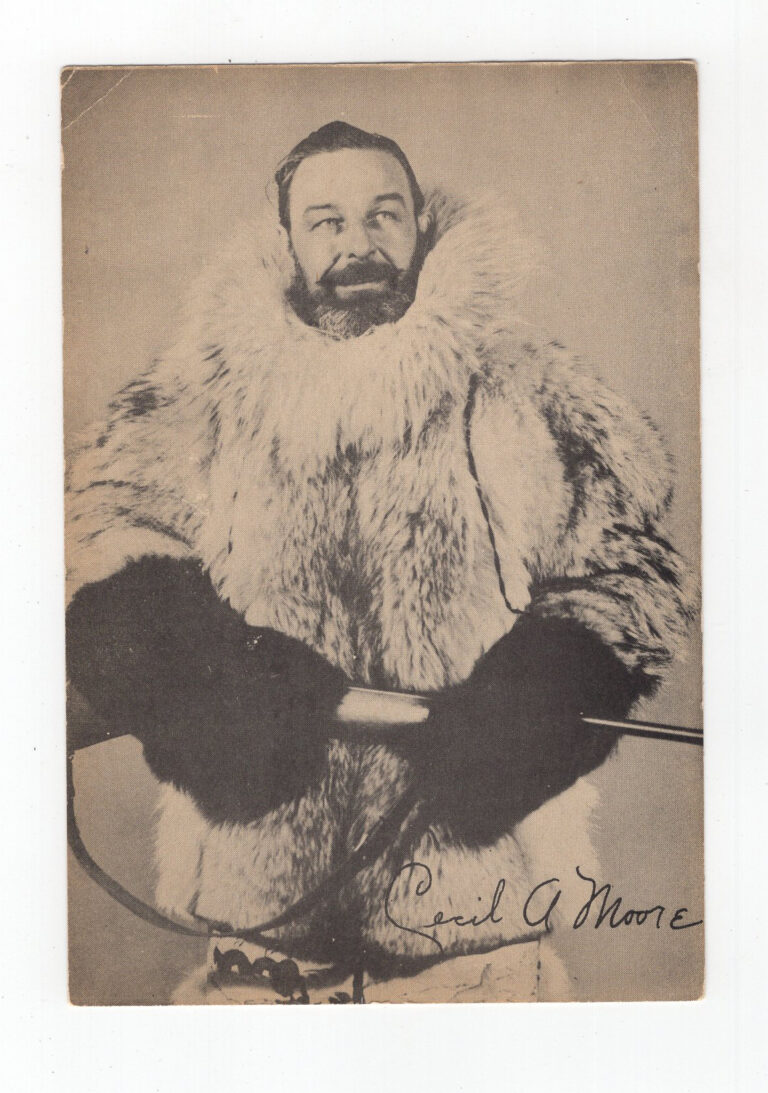Blog Posts
ByDeanna
July 5, 2024
An Antiquers Life,Articles
antiques,collectibles,educational pieces,junking,life of a dealer,retro,vintage
Helping buyers, collectors, and, yes, antique dealers, vintage sellers, and resellers, with industry facts. In the strictest sense, age is the difference between antique, vintage, and retro items…
It’s not often you find oil paintings with such a well-defined and readable signature, but the one on this triptych we have in our booth at Fargo Antiques and Repurposed Market is clearly…
ByDeanna
June 16, 2021
An Antiquers Life,Flea Markets, Shows, Fests, Markets,Where We’ll Be
bluegrass,F.A.R.M.,Fargo,flea market,history,music,news,North Dakota,radio,sale
It’s time for the annual June flea market at Fargo Antiques & Repurposed Market! That means, along with all the dealers, we will be having sales inside. Our YES booths,#25-27, will be 20%…
ByDeanna
June 10, 2021
An Antiquers Life,Articles,For Sale,Why We Sell
autographs,culture,dogs,ephemera,history,memorabilia,photographs,sports collecitbles,vintage
Part of my job as an antiques dealer (or vintage seller, if you prefer) is to properly clean, research, and identify reclaimed and discovered items in order to best present these old things to…
